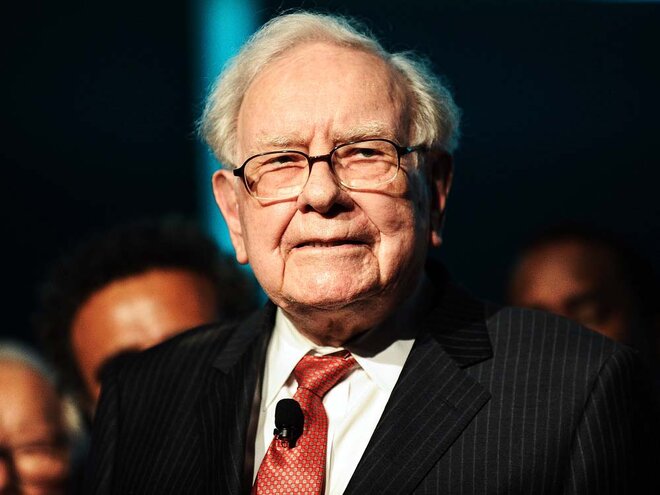
Buffett elaborates his stock-picking process in four simple steps and says,
"We make quick decisions because we have filters before we get to the point of making a decision."
- Can we understand the business? What will it look like in 10-20 years? Take Intel vs. chewing gum or toilet paper. We invest within our circle of competence.
- Does the business have a durable competitive advantage? This is why I won't buy into a hula-hoop or a Rubik's cube company. I will buy soft drinks and chewing gum. This is why I bought Gillette and Coke.
- Does it have a management I can trust?
- Does the price make sense?
Ask yourself when was the last time you looked at a stock and thought where it will be ten years later or if you will be comfortable holding this stock for, say, at least five years if by any chance you cannot sell it earlier. Very few people actually look so far ahead because it requires a level of understanding that many do not acquire. Buffett advocates reading voraciously to overcome this shortfall. Also, talking to as many people possible associated with the industry gives a crash course on what matters. This approach if followed diligently for every stock one invests in can greatly improve the return on the investment.
Buffett speaks
I call investing the greatest business in the world because you never have to swing. You stand at the plate. The pitcher throws you General Motors at 47! U.S. Steel at 39! And nobody calls a strike on you. There's no penalty except opportunity lost. All day you wait for the pitch you like; then when the fielders are asleep, you step up and hit it.
Forbes 1974
I want a simple business, easy to understand, great economics now, honest and able management, and then I can see about in a general way where they will be ten years from now. If I can't see where they will be ten years from now, I don't want to buy it. Basically, I don't want to buy any stock where if they close the NYSE tomorrow for five years, I won't be happy owning it. People buy a stock and they look at the price next morning and they decide to see if they are doing well or not doing well. It is crazy. They are buying a piece of the business. That is what Graham-the most fundamental part of what he taught me. You are not buying a stock, you are buying part ownership in a business. You will do well if the business does well, if you didn't pay a totally silly price. That is what it is all about.
Lecture at the University of Florida Business School, 1998
